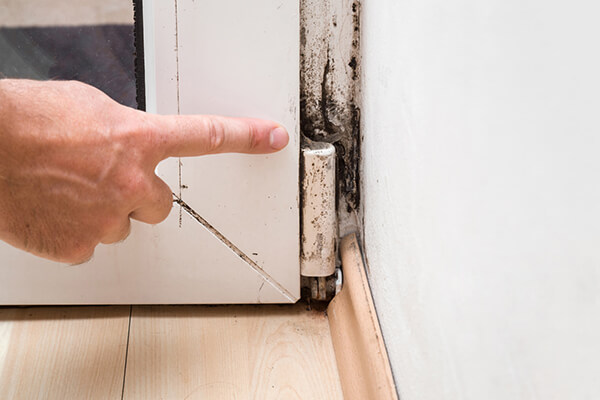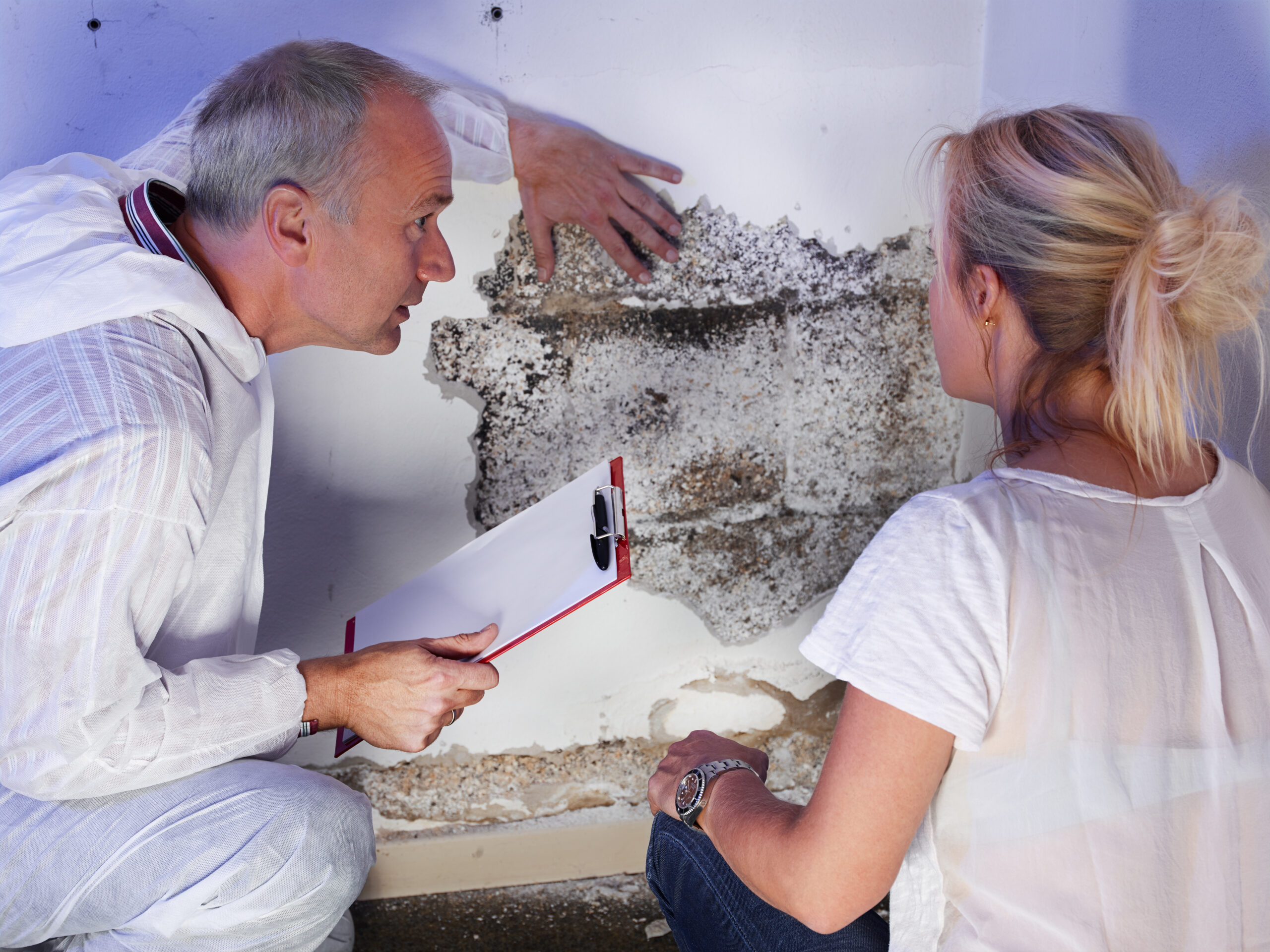Secret Tips for Effective Blog Post Mold Remediation
Resolving mold problems in a timely and efficient manner is important for keeping a healthy and balanced interior atmosphere. Effectively completing mold remediation is a complex procedure that calls for focus to detail and adherence to certain methods. From examining treated areas to implementing wetness control procedures, each step plays a vital role in ensuring the efficiency of the removal procedure. Nonetheless, there are vital post-remediation steps that are equally crucial however often ignored. These steps not just verify the success of the remediation efforts but likewise contribute to protecting against future mold and mildew growth.
Evaluation of Treated Locations
Upon conclusion of the mold remediation procedure, a detailed inspection of the dealt with areas is necessary to make certain the performance of the remediation efforts. This inspection acts as a critical action in the post-remediation phase to confirm that the mold and mildew elimination and cleaning procedures succeeded in eliminating the mold invasion and recovering a secure interior setting. The assessment must be conducted by certified experts who have the expertise to evaluate the remediated areas diligently.
During the examination, numerous elements are reviewed to identify the success of the removal process. These include visual evaluations to look for any type of indicators of mold and mildew development or water damages, wetness degrees to verify that the area is dry and cost-free of excess moisture that might advertise mold re-growth, and air top quality testing to make certain that the interior air is safe to breathe. In addition, the evaluation may entail making use of specialized devices such as moisture meters and thermal imaging cams to find surprise mold or dampness pockets that might result in future mold and mildew problems if left uncontrolled. Overall, a thorough examination of the treated locations is crucial to confirm the effectiveness of the mold remediation initiatives and supply tranquility of mind to the residents of the property.

Moisture Control Actions
Reliable moisture control steps are necessary for stopping mold and mildew development and keeping a healthy and balanced indoor setting. To accomplish this, it is vital to address sources of dampness within the building. Appropriate air flow is crucial to managing humidity levels. Setting up exhaust followers in restrooms and cooking areas can assist eliminate excess dampness. Additionally, using dehumidifiers in damp areas can help in reducing moisture degrees, making it harder for mold and mildew to flourish.
Frequently checking and maintaining the structure's outside can also stop moisture intrusion. Post remediation mold testing near me. Making sure that rain gutters are clear, downspouts straight water far from the structure, and the roof remains in excellent condition can aid avoid water from permeating right into the structure. Correctly sealing doors and windows can likewise aid keep wetness out
Any leaks or spills need to be cleaned and dried out within 24-48 hours to avoid mold and mildew development. By implementing these dampness control actions, the danger of mold returning can be dramatically decreased, developing a healthier interior atmosphere.
Proper Air Flow Assessment
An important aspect of making sure a healthy and balanced interior atmosphere article mold remediation is conducting a complete assessment of the ventilation system. Correct ventilation analysis plays an important duty in avoiding future mold development and keeping air high quality within the affected room.
In addition, assessing the ventilation system consists of examining the circulation of air throughout the location to identify any kind of areas of poor flow where wetness and impurities can build up. Appropriate ventilation not only aids in regulating humidity levels yet also help in removing air-borne mold spores and other toxins, consequently enhancing general interior air quality. By dealing with any air flow issues publish mold and mildew remediation, building owners can create a healthier and extra comfy setting for occupants while lowering the threat of mold re-infestation.
Cleaning and Sanitation Protocols
To guarantee extensive mold removal, careful adherence to specific cleansing and disinfection protocols is important. Cleaning up and disinfection procedures play a vital role in the post-mold remediation phase to avoid the recurrence of mold development and make certain a healthy and safe setting. The very first step in this procedure is the elimination of any type of visible mold and mildew growth utilizing proper cleansing agents and techniques. It is necessary to use EPA-approved fungicides and disinfectants to successfully remove mold and mildew spores and prevent their regrowth.
In addition, implementing precautionary measures such as using mold and mildew preventions and preserving correct air flow can aid reduce the threat of future mold and mildew invasions. By following strict cleaning and disinfection protocols, building owners can guarantee the successful removal of mold and create a healthy indoor my sources environment for passengers.
Surveillance and Upkeep Strategy
Implementing a regular tracking and upkeep plan is necessary for ensuring the long-lasting efficiency of mold and mildew removal efforts. Once mold remediation is completed, it is vital to establish a monitoring schedule to assess the success of the remediation procedure. This involves consistently examining the formerly influenced locations for any kind of signs of mold recurrence or water damage. By conducting regular checks, any brand-new mold development can be promptly determined and addressed, avoiding a reoccurrence of the initial trouble.
In addition, developing an upkeep plan is essential to protecting against future mold and mildew issues. Routine maintenance not just aids in protecting against mold but also contributes to preserving a healthy and balanced interior setting - what to do after mold remediation.
Verdict
To conclude, effective message mold removal includes complete assessment of treated locations, application of moisture control measures, analysis of appropriate ventilation, adherence to cleansing and disinfection protocols, and facility of a tracking and maintenance strategy. These essential actions are important to guarantee that mold development is efficiently removed and stopped from recurring in the future. By adhering to these guidelines, residential or commercial property proprietors can preserve a safe and healthy and balanced environment for passengers.
Upon completion of the mold and mildew remediation process, a comprehensive assessment of the treated locations is important to make certain the efficiency of the removal efforts. These consist of visual analyses to check for any kind of indications of mold and mildew growth or water damages, moisture degrees to verify that the location is dry and complimentary of excess humidity that can advertise mold re-growth, and air high quality screening to ensure that the indoor air is risk-free to take a breath. Additionally, the assessment might involve using specialized tools such as dampness meters and thermal imaging electronic cameras to discover surprise mold and mildew or moisture pockets that might lead to future mold and mildew troubles if left resource unchecked. By attending to any kind of air flow concerns post mold remediation, residential property proprietors can develop a healthier and much more comfortable atmosphere for passengers while lowering the threat of mold and mildew re-infestation.
